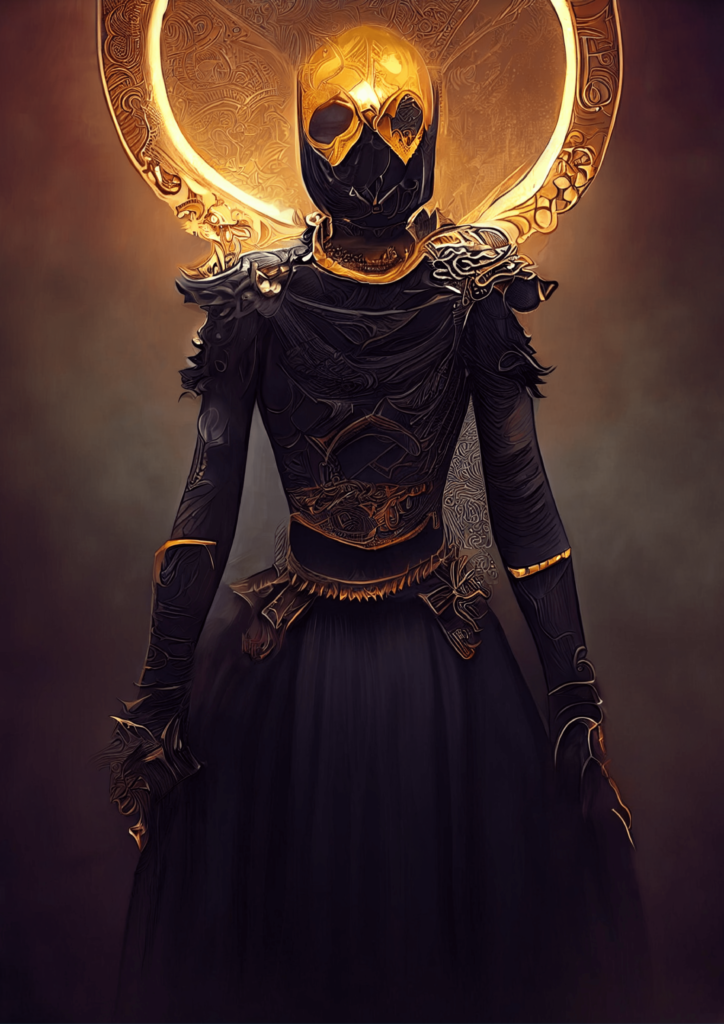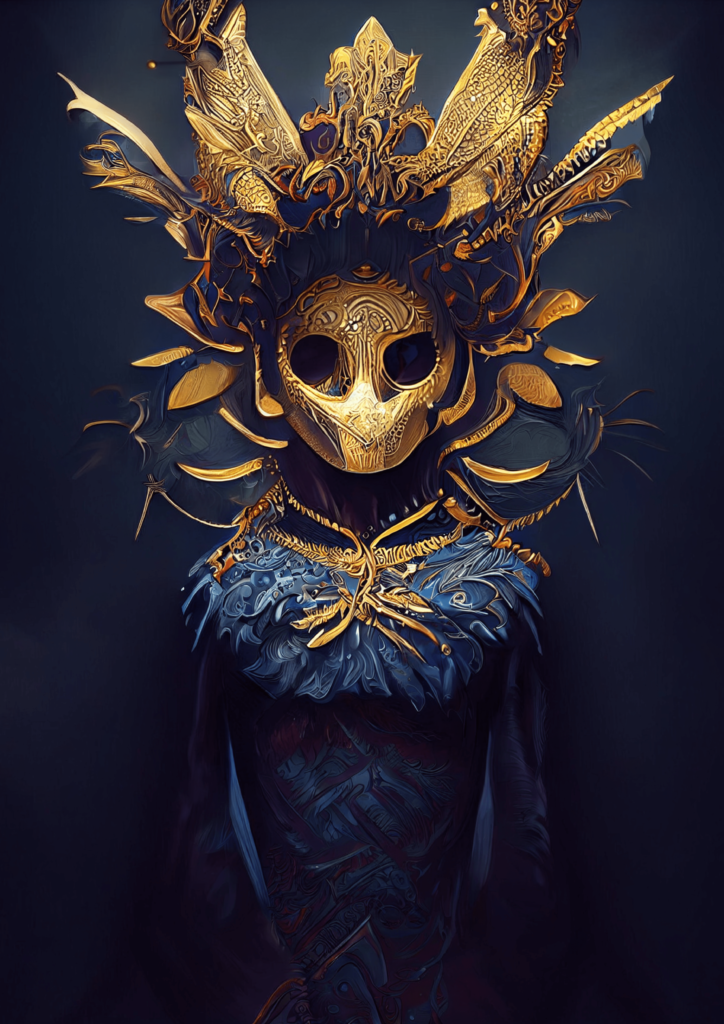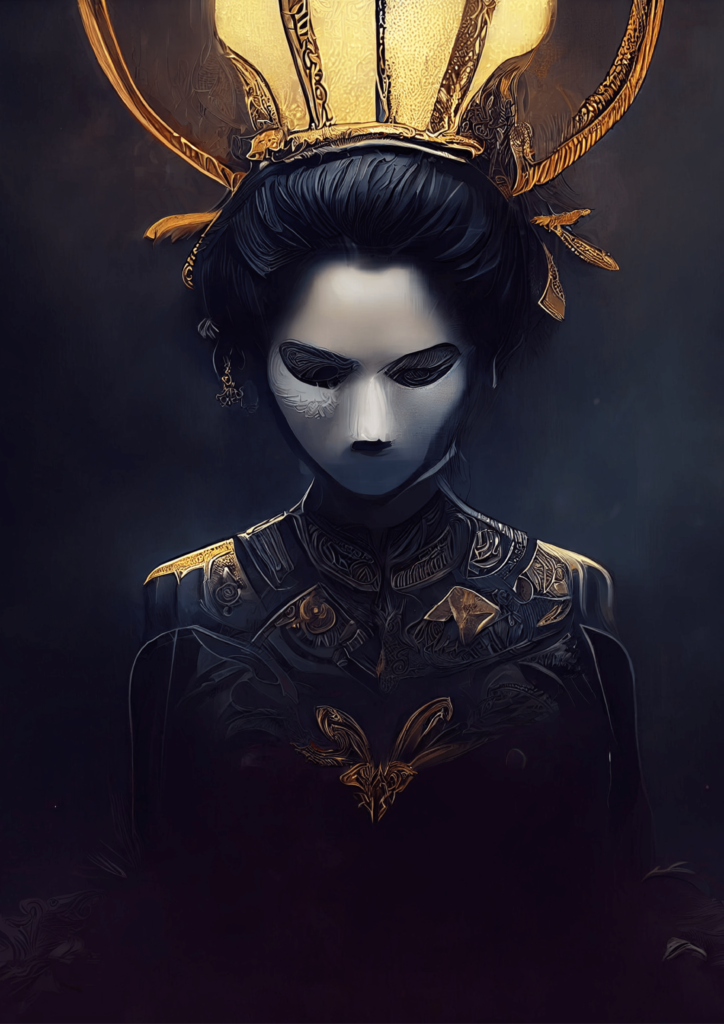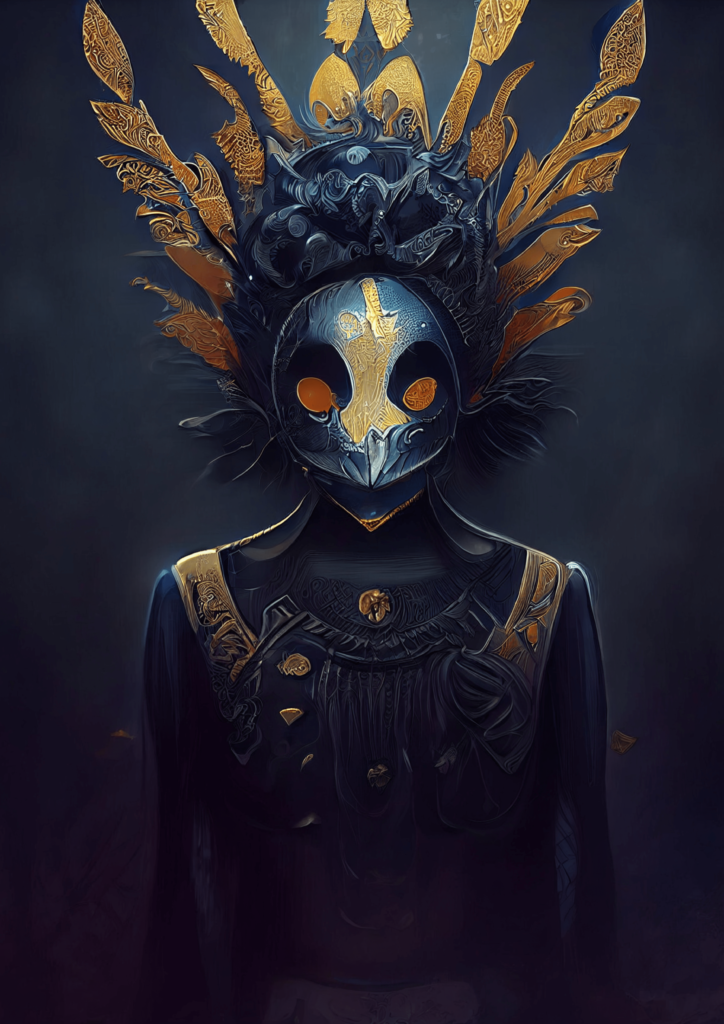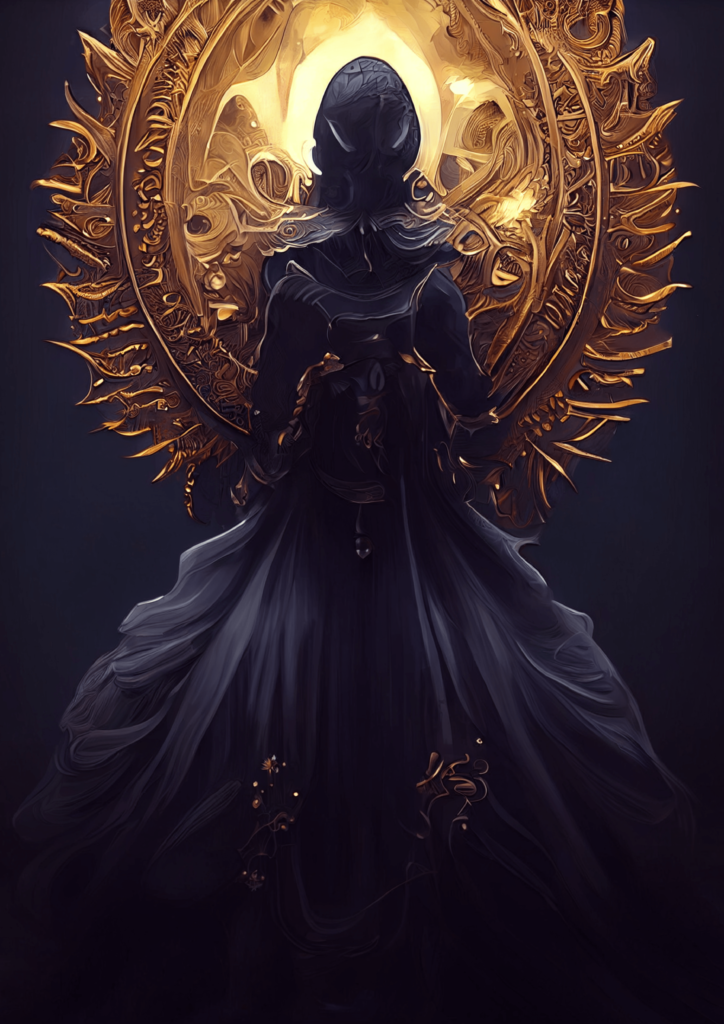
New collection – Necromancer of another era
With some 24,600,000 search results in 0.43 seconds only for the word necromancer and about 16,500,000 search results in 0,41 seconds for the words “necromancy in art”, you can see that this is a really hot topic that has grown tremendously over the past few years and has been growing ever since with the appearance of artificial intelligence (AI) which makes it possible to generate a multitude of unique images within a few minutes already, so we taught about sharing with you what we have learned from it.
When it comes to human history, death and the act of dying have always been a big topic of discussion, often giving rise to many tragic occasions. With the development of more complex and elaborate ideas about the afterlife and the underworld, humans began to think of methods to contact the dead. The reasons can vary, ranging from emotional to purely pragmatic, but the effort remains the same. A multitude of rituals has developed over time aimed at reaching the deceased and summoning him to the land of the living. Thus was born the function of the necromancer who is the person capable or knowing the means of speaking to the inanimate.
Over time, people have always been fascinated by death and the afterlife. Funerary practices, tomb decoration, post-mortem rites, and rituals have accompanied humanity from the threshold of civilization to our living rooms, exhibiting proudly such types of art on our walls, and have not left us until modern times. The permanent departure of an individual has always had a shattering effect on the socio-economic structure of a society, going even further if the society was composed of only a small number of members.
Indeed, the closer the ties are between the ancestors or other dominant figures in our community, the more it is necessary to preserve these ties in one way or another, even after death. Dealing with a subject as complex as the necromantic manipulation of the dead can be a difficult task, especially if the facts provided by the story are often vague and based in the realm of myth and legend. Although it would be tempting to focus on the times when necromancy had already “flowered”, the earliest period in history, with some recorded evidence
by several authors, can be dated to Hellenic Greece around 323 BC.
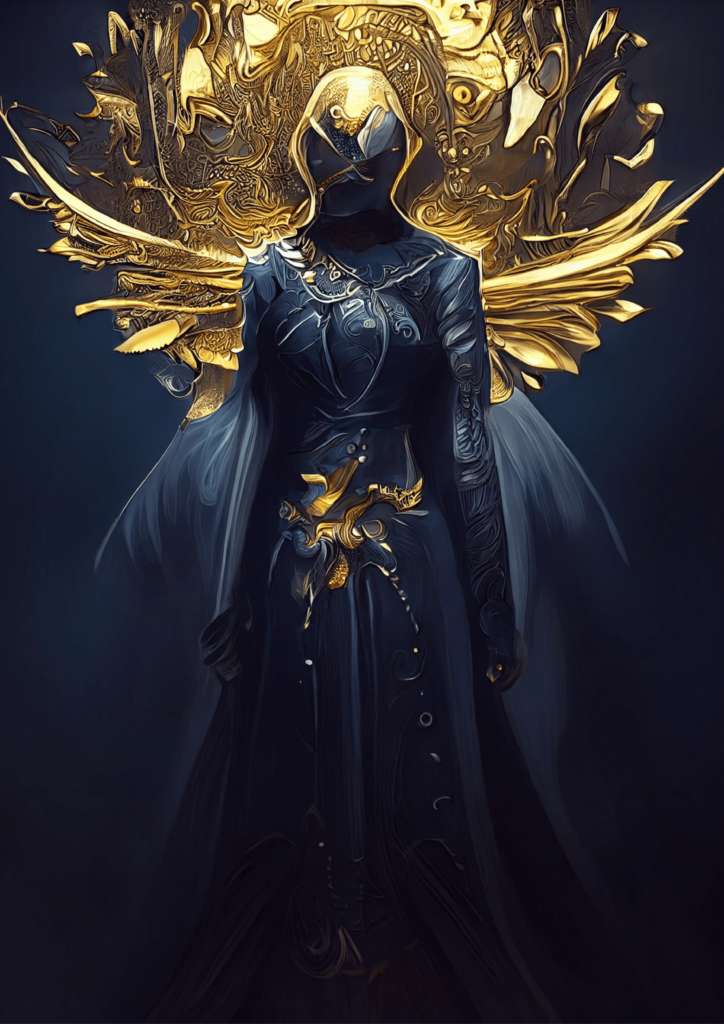
© 2022 – All rights reserved to Steve Bayard
Necromancer of another era is a fine art collection of 24 digital illustrations, reworked by the artist to make them available for you now in limited edition prints on the BayardStore.
In our world of art, it is with the illustration “The witch of Endor conjures the soul of Samuel in the name of Saul” that one of the first testimonies concerning the apparitions and the witches that we can trace back to Joseph Glanvil in 1682 in London. Thereafter is an engraving of John Dee and Edward Kelly summoning in “the act of invoking the spirit of a deceased person” in the book Astrology by Ebenezer Sibly in London in 1806 that this practice will be illustrated again and more precisely.
Our research showed us that the oldest and one of the most important works mentioning our civilization the existence of necromancy is no other than Homer’s “Odyssey”. This Greek epic poem, fundamental to the Western canon and the second oldest complex written work of Western civilization, dates from the 8th century BC. The work describes the journey of the Greek hero Odysseus in Roman tradition.
The reference is as follows:
“With prayers and vows, I called upon the families of the dead. I held out the sheep above the hole, slit their throats, and let the dark blood flow. Then out of Erebus came swarming up shades of the dead, brides, young unmarried men, old ones worn out with canvas, young tender girls, with hearts, still new to grief, and many men wounded by bronze spears, who’d died in battle, still in their blood-stained armor. from all sides of the pit, with amazing cries. Pale fear seized my heart. Then I called my comrades, ordering them to flay and burn the sheep still lying there, slain by cruel bronze, and pray to the gods, to mighty Hades and Persephone.”
At the beginning of the practice named “Nekyia”, Odysseus digs a trench with his sword, and around it they pour libations for all the dead, first mixed with honey, the second time mixed with sweet wine, the third time mixed with water and then they sprinkle white meal over it.
Odysseus promises the hordes of the dead, that when back in Ithaca he will offer them a barren heifer in his palace and build for them a huge sacrificial pyre. Especially for Tiresias, he will sacrifice an all-black sheep that excels among other sheep.
In this part of the short story, Tiresias also advises Odysseus, that the spirits he would like to question should also be allowed to drink from the sacrificial blood. Here we observe what would later infamously become a dominant trait of necromancy, the practice of blood sacrifice needed for interaction with the underworld.
The roots of necromancy can be positively traced back to early Antiquity, with documented practices of several cultures and frequent interactions between them mutually influencing each other.
The necromancers of the past are mentioned by many sources, including the Bible and the Quran. A multitude of Greek and Roman historians described the rituals of their own contemporaries, as well as foreigners from different lands.
The belief which accounted for the dead to be wise, because of their closer proximity to god, and thus able to provide visions and prophecies beyond the ability of mother mortals was present in several cultures of Antiquity.
Nevertheless, the origins of the conjuration of the dead are probably older. Similarities reaching back to the practices of shamanism, or even to the ancestor cult can be traced back to the Stone Age.
But whether the unusual burial customs and the handling of corpses and bones were really part of an elaborate “necromantic” practice, as a means of placing oneself under the protection of an ancestor, or to appease his needs in reaching forth to the land of the living, will likely remain uncertain.
COLLECTION
Necromancer of another era is a fine art collection of 24 digital illustrations, reworked by the artist to make them available for you now in limited edition prints on the BayardStore.

© 2022 – All rights reserved to Steve Bayard
A necromancer is a person who practices necromancy, a discipline of dark magic used to communicate with the dead in order to predict the future.
Among the best known, we can find Sauron, a character from the legend of JRR Tolkien, nicknamed “the Necromancer” in the film “The Hobbit”, the Necromancers (Dungeons & Dragons), a class of characters from the fantasy role-playing game Dungeons & Dragons Dragon game. Dragons, but also Necromancers, a class of recurring characters in the Diablo action role-playing game franchise that greatly influenced the artist in his youth playing Diablo 2 & 3 and still on television screens with for example the flying android class in the Atheist/Mithraic Wars in Ridley Scott’s American television series Raised by Wolves.
Homer, Lucan, or Horace mention that necromancers used blood in order to call the dead. Blood is the life force sustaining them and making them able (or willing) to speak which explains the red dark tones in the backgrounds of the artworks in this new art collection presented by the artist.
The importance of blood is one of the most noticeable rites in almost all religions and cults even today. The ochre color in the graves of the Stone Age, blood rituals in Antiquity, Aztec and Mayan beliefs in the concept of the universe, the importance of blood in Judaism and Islam (the disposal of blood during the preparation of meat), the Matam of the Shia or the Holy Blood of Christ are just a fraction of all the blood-related practices and ideas that accompany the religious beliefs of mankind.
No wonder then that the most important fluid also finds its way into the communication with the deceased. The renown this practice gained was also the foundation of the later infamous linking of all the occult practices to blood rituals and sacrifices, rendering occultists outcasts who were active in practices harmful to the general public.
The veneration of the dead, which also includes the ancestors, is one of the oldest religious practices in human history and, surprisingly, this idea still survives today. However, the similarities in the goals the practitioner is trying to achieve with necromancy cannot be disputed, they are now widely pictured on the web.
Not only did the Greeks and Romans have an elaborate belief in the underworld and with it a strong connection to necromancy. Several other nations, mainly from the Middle East region, also had their own means of communication with the dead. On several occasions, practitioners of this art from other regions have also been mentioned by Greek sources, often even claiming that the knowledge came from the nations of the East. Strabo, in his work Geography, reports that magicians, among others also diviners of the dead, originated in Egypt, Babylon, or Etruria.
Among the most eminent Shamans, besides the necromancers, were the Chaldeans, and especially the Sabians who were magi from Persia and who are said to have taught the art of divination to several of the Greek and Roman sorcerers already mentioned, without forgetting of course the priests of Babylon and Egypt as mentioned by Isaiah 19:3. We could therefore ask ourselves, could the origins of necromancers be shamanic?

© 2022 – All rights reserved to Steve Bayard
Necromancer of another era is a fine art collection of 24 digital illustrations, reworked by the artist to make them available for you now in limited edition prints on the BayardStore.
That doesn’t seem to be the case, because even though shamanism is considered one of the oldest religions of all time, the origins of necromancy could actually go back even further in time. Indeed, the first similarities with the necromantic rituals and practices of later periods could be rooted in the worship of the ancestors which would already date back to the Stone Age.
One person’s death was always the big unknown. Even in today’s modern society, where final departure can be explained from the point of view of medical science as a decline in biological functions, the idea of dying is still shrouded in mystery. We can only be rational to a certain extent, most likely when the question of death does not concern us directly. Social and emotional ties are severed by the death of a close friend or relative. In such a situation, it is understandable to assume that a desperate person is willing to try methods beyond the realm of logic and science.
In science-fiction, “Necromancer” or “The Necromancer” can also refer to several types of content such as fictional movie characters, video game characters, literature, and music. This type of character appeared for the first time in “Scenes of divination, including haruspication, pyromancy, and necromancy” in a drawing by Hans Burgkmaier the Elder (1473-1531) on display at the National Library of Paris in France, and then in American literature in the book “Necromancer” which is a science fiction novel by American writer Gordon R. Dickson, published in 1962. In the work of Dickinson, the necromancer follows the fortune of Paul Formain, a mining engineer at the end of the 21st century who suffers several accidents and is following the necromancer Jason Warren with the initial goal of joining the guild for the regeneration of his lost arm.
During his research, the Swiss artist Steve Bayard wanted to bring this history to life by conveying it in turn in the form of a collection of works of art that he will begin to create in 2022. The goal of the collection is to pay homage to the engineers who, like him, are engineering lines of code to create amazingly relevant NFTs today and forming the new basis for museum exhibitions in the next century.
It was by drawing inspiration from this creative essence after the artist Steve Bayard had an accident in the right wrist in August 2020 that the artist continued his research around AI and necromancy with, for example, the visioning of short movies such as Necromancer, a 1988 American horror film, and Nekrotronic, a 2018 Australian sci-fi horror film that had an average rating of 5.3/10 on Rotten Tomatoes.
Interestingly, the review site there described this second film as follows: “Nekrotonic has a lot of weird energy, but this horror-comedy hybrid mixes ingredients without quite knowing what to do with them.” On Metacritic it had achieved a score of 25% based on reviews from 4 critics, indicating “generally unfavorable reviews”. However, the 2018 film was widely picked up and republished on Youtube by users totaling more than 4K views or around 1K views per month for a film in which Monica Bellucci plays one of the main roles, which probably allowed the film to be nominated for Best Hair and Makeup at the 9th AACTA Awards.
As the artist also went through a youth filled with PlayStation video games such as Diablo, and Diablo II where the Necromancer determines that the Malefics have grown too powerful and thus allies with the forces of Light to restore the balance of the world and Diablo III, where “The Witch Doctor” is a new character reminiscent of the necromancer from Diablo II, but with skills more traditionally associated with voodoo culture not unfamiliar to her, this influenced him a lot for creating these iconic portraits of necromancers.
COLLECTION
Necromancer of another era is a fine art collection of 24 digital illustrations, reworked by the artist to make them available for you now in limited edition prints on the BayardStore.
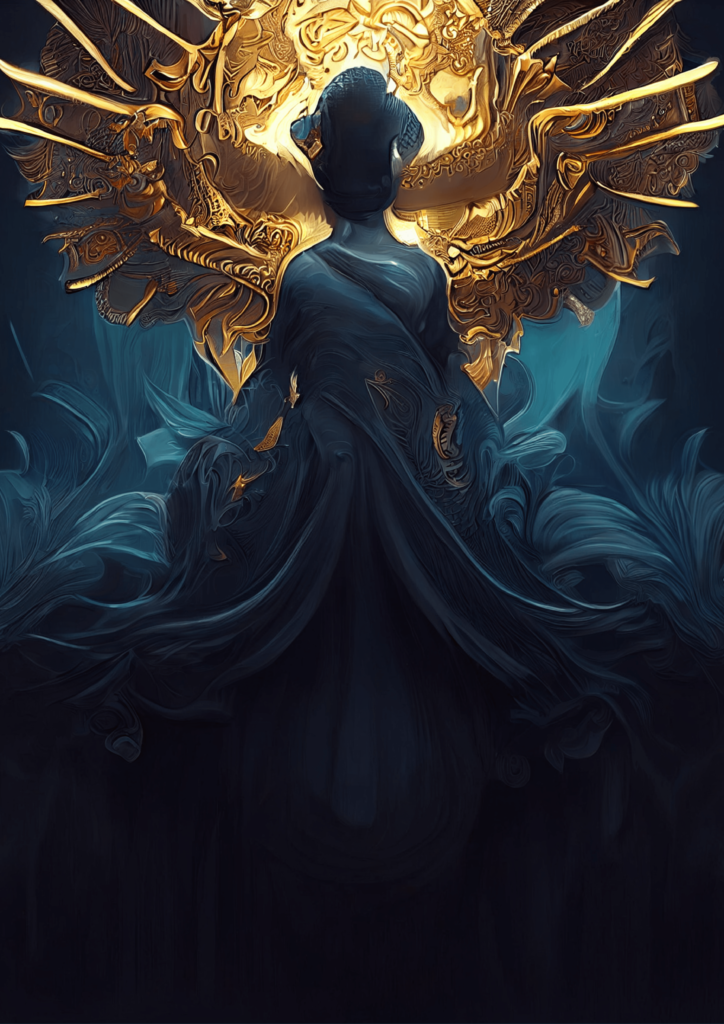
Like a sorcerer, using artificial intelligence (AI), the artist has recovered the ability to invoke mysterious forces to cast curses, harvest souls, and launch his production of artwork on the enemies of transdisciplinary artists while offering comfort to depressed souls looking for more mystical imagery to suspend behind glass on their walls.
Did you know? It seems like the real rise in the digital market of necromancers probably took place during the release on June 27 of 2017, which was already announced at BlizzCon earlier in 2016 with Diablo III: Rise of the Necromancer which is a second expansion for the Diablo III game. This new game expansion introduces the Necromancer class, which prefers to strike from a distance, unleashing destruction from afar.
The skeletal undead under their command overwhelmed enemies before they had a chance to strike, and the horrific curses the necromancers employed crippled even the most resilient demons. Necromancers could use their undead mobs to create diversions or simply open a path for their master to escape safely.
It is of course by listening to the song “Necromancer” by Sepultura, during the creation of this collection that the artist finally had all the elements to add the perfect touch in order to create an original collection and immerse himself in beastly pixel devastation through patterns of diffusion and machine learning.
You can discover the 24 illustrations as the first drop for this collection of prints on the BayardStore.


